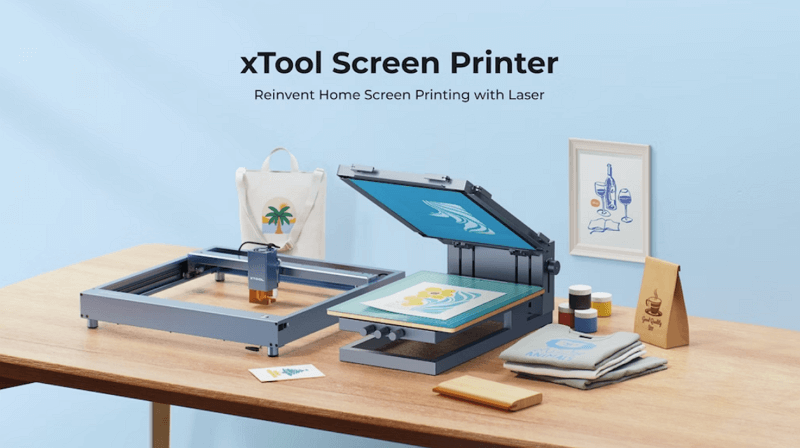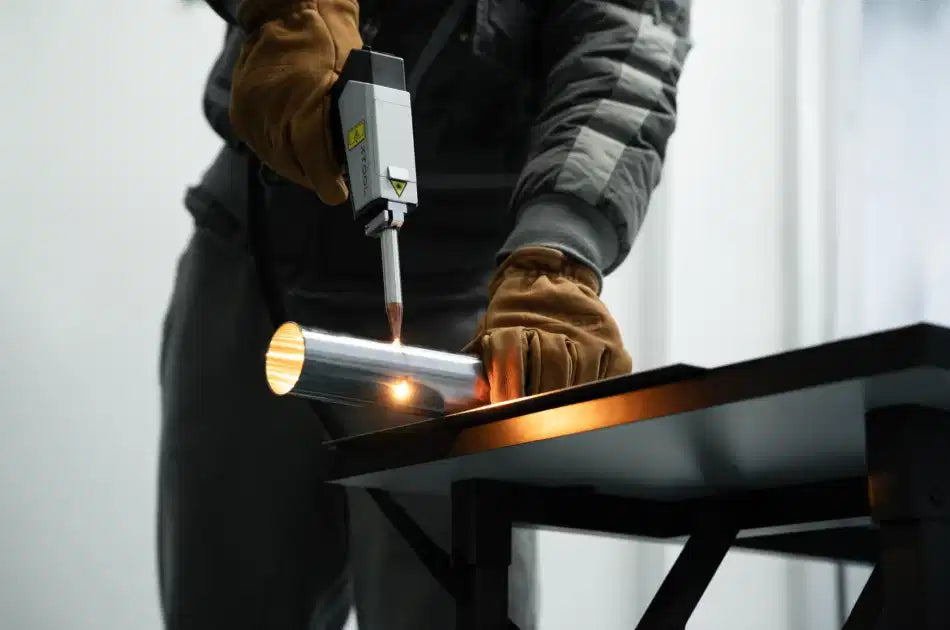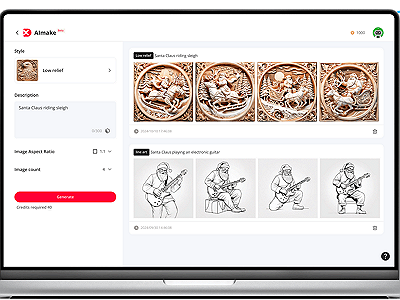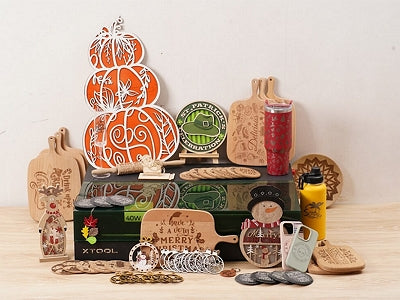How to Sell Your Art Locally

Nowadays, there is a lot of emphasis on selling art online. But doesn't negate the importance of having an offline setup and selling your art locally. A good art sales strategy is more of attracting potential buyers, and not pursuing them. It's anonymous to the relationship a flower has with a bee. The flower doesn't pursue the bee — it attracts it.
The artist is the flower, and your primary objective is to attract your potential buyers. And that involves having a good grasp of their desire and taste!
When it comes to selling art locally, artists focus on the profitability and the fun that goes with it. But the benefits of selling your art locally go beyond that — selling art locally helps you form real, healthy connections. It also helps you find the right support, and build your reputation within a local community.
In this guide, you will learn how to sell your art locally. You'll also discover easy ways of positioning your art business in such a way that it attracts the right buyers.
In This Article
- Understanding Your Local Art Market
- Preparing Your Art for Sale
- Where to Sell Your Art Locally
- Using Online Platforms to Complement Local Sales
- Building Relationships with Customers
- Networking and Building Relationships in the Local Art Community
- Offer Custom Artwork on Commission
- Conclusion
Understanding Your Local Art Market
Understanding your local art market involves identifying the key players, and understanding the kind of art that's in demand within the local art market.
To identify the key players, you will have to visit art spaces and galleries to see the kind of art that's on display. You also need to know who these artists are, and the price range of these art items. This information gives you an overview of what the local art market trend is.
Aside from interacting with the artists, you should also consider interacting with the collectors. Interaction with the collectors will help you know what they're looking for in an art and also help you understand the process involved in their purchasing decisions.

Reinvent Art Prints
with Laser
Here are some tips to help you during your research process.
- You can start your research process by using online resources like local art websites, and blogs, or being part of local art social media groups
- Attend art festivals and fairs to meet collectors, and artists, and figure out the kind of artworks that are on display
- To stay updated on the recent trends and events, you need to read local art news articles.
Preparing Your Art for Sale
Preparing your art for sale involves making the necessary changes and inputs to ascertain that your artwork stands out from the crowd and attracts the right buyers. And that involves having the right presentation, choosing the right venue, pricing your artwork the right way, and an overall professional strategy.
Nowadays, the creation of artwork seems fun — and that's due to the emergence of
Aside from the efficiency that comes with using laser cutting and engraving tools, artists prefer these machines due to their compactness, versatility, and affordability. These machines make it easy to work on a wide range of materials like wood, paper, fabric, leather, plastic, and metals.

Learn more:
To properly present your artwork, you will need the services of a skilled photographer to help capture sleek images of your artwork. These images come in handy when you want to upload your artwork onto online marketplaces and during your marketing process.
When displaying your artwork, your descriptions have to be concise and engaging. You need to highlight your creative process and give your audience reasons to buy your artwork.
Pricing is also part of the preparation process. You need to analyze the prices of artworks that are similar to yours to pinpoint how to price your art items. While pricing your artwork, you need to consider the production cost and the time put into the creation of the art item.
You should also consider providing a variety of pricing options for your target audience. This will help you cater to customers with varying budgets. That will, in turn, help you attract more buyers to your business.
Furthermore, you need to be professional in your business dealings. Professionalism involves the little things like being friendly and approachable. It also could mean having elements like business cards and brochures — and these should be professionally designed, and your contact information should be clearly written on them. You should anticipate frequently asked questions, and be ready to provide answers to any queries your customers may have.
Where to Sell Your Art Locally
There are a plethora of places to sell your art locally. Here are some places you have to consider.
1. Art Fairs
If there is a local art society within the community, then you have to start from there. These societies usually organize art fairs and shows — and these are good places to start selling your artwork. Artists in the United States can find out if there is a local art society within their environment by searching on platforms like the National Endowment for the Arts. Alternatively, you can merely Google "Art Society in my environment" to see if there are any art societies within your area.
2. Local Galleries
Before approaching an art gallery, you need to do your research to figure out if your art aesthetic and style match what's being displayed in the gallery. You can make your observations by physically walking into the gallery. You can also go through their social media profile to see what they're up to.
After your research and you're confident that their style matches the kind of art you produce, you should reach out to the owners (or managers) and ask how your art items can be featured in the gallery.

Reinvent Art Prints
with Laser
3. Local Farmer's and Flea Markets
Bringing your artwork to the local farmer's and flea markets can be a great way of showcasing your creativity to the community. You should get creative with your art display, and incorporate elements that make your display stand inviting to your potential buyers.
4. Local Festivals and Cultural Events
Selling at local festivals and cultural events is a great way of reaching a wide audience, and growing an artistic career. To get the most out of it, you need to look out for high-traffic events. High-traffic events are typically events with a strong reputation for attracting large crowds.
5. Pop-Up Galleries
If you don't have the space for an open studio, you should consider opening up a pop-up gallery. Having a pop-up gallery could be your first step into acquiring a physical art store. Pop-up galleries give your customers a sense of exclusivity — and everyone loves getting an art collection that can not be found elsewhere. Having a pop-up gallery can heighten the customer's interest — and if you properly leverage that, making good sales won't be an issue.
6. Community Events
To get the most out of your community events, you need to pay attention to the season. For instance, community events during the holidays are suited for selling festival artwork. Furthermore, you need to have a good grasp of the kind of people who attend these community events and come up with artworks that appeal to them.

Make Festival Artwork with xTool
Learn More7. Coffee Shops and Cafes
Look out for coffee shops and cafes that align with the kind of art you create. And since most coffee shops come with limited spaces, you should opt for smaller art pieces. You also need to display art pieces that can withstand external pressures from the environment. To do this, you will need framed pieces that have protective glass. Alternatively, you could opt for water-resistant artwork.
8. Local Restaurants and Bars
If you have a friend who runs a restaurant or manages a bar, you should consider displaying your artwork in those extra spaces. Any available space is a potential space for displaying your artwork, you just have to be creative about it.
9. Local Business
Transforming local business with vibrant artworks could be a win-win situation. As an artist, your work gets more exposure and sales, while the business atmosphere is elevated with the right arts.
Before approaching a local business, you need to figure out the company culture and know if they appreciate your type of artwork. To boost your chances of making sales, you need to offer flexible pricing models.
10. Libraries and Bookstores
Libraries and bookstores are good places to display your artwork. But you shouldn't opt for any library you see — you should only choose libraries and bookstores with great foot traffic. As a general rule, opt for libraries and bookstores that are known for hosting author events, book clubs, or exhibitions.
When displaying your artwork in libraries and bookstores, you need to invest in your presentation. Opt for shelves, stands, and easels with a stylish look. Your themed collections should align with the bookstore's or library's atmosphere. For instance, mythology-themed collections should be displayed in a fantasy-focused bookstore.
11. Boutiques and Gift Shops
Reach out to the management and people who run your preferred boutiques and gift shops and discuss your art items. The management could give you a clue on whether your artwork will appeal to the customers or not. You also need to discuss the revenue-sharing arrangements, consignment options, and lots of other details with the management.
12. Real Estate
Selling art in real estate is a win-win situation for both the artist and the real estate company. The artist gets to generate some sales, while the real estate company has the opportunity to elevate the value of their property. You can get started by displaying your artwork at model homes (or open houses). Displaying your artwork in these places helps you get your art items in front of your potential buyers.

Make Home Decor Artwork with xTool
Learn MoreUsing Online Platforms to Complement Local Sales
Online platforms are powerful allies when it comes to selling your art locally. Here are some tips to help you use online platforms to complement local sales.
Use the Right Platform
You can use online marketplaces like Yelp to promote your artwork. You can also search for niche platforms within your region and promote your artwork there. Social media are great platforms for promoting artwork. A good social media account can make all the difference when it comes to starting a profitable art business.
Invest in Your Online Presence
Professional images and videos have a way of making you stand out! Investing in these elements is a sure way to draw more views to your brand. Aside from professional images, every art item online should come with a compelling description. Your visual identity should be consistent across multiple platforms — and that involves using similar imagery and logo fonts.
Optimize Your Local SEO
Optimizing your local SEO (Search Engine Optimization) is crucial to sell your art locally. This process helps to ensure that your art and your brand appear prominently in local search results, for searches like “buy original art in [Your City]”, “local artists”, or “artists near me”,making it easier for potential buyers in your area to find you.
You can start by setting up a Google My Business account. This free listing makes your art business appear on Google Maps and local search results. Ensure your listing includes your exact location, contact details, and hours of operation. Regularly update your profile with fresh content, such as images of your art, upcoming events, or special promotions.
Building Relationships with Customers
Building relationships with customers is an integral part of your business process. If done the right way, customers will trust you more and help spread the word about your artwork. It's a simple recipe that helps turn regular admirers into brand advocates.
To build great relationships with your customers, you have to be engaging and approachable. A simple smile, a warm greeting, and a firm handshake can make all the difference. And you should be open to discussing your creative process, passion, and personal experiences with your customers. There are customers who will throw questions at you — answer those questions with enthusiasm.
These little gestures are the magic ingredient that help you build good relationships with customers.
Networking and Building Relationships in the Local Art Community
Building a network within your local art community is a great way to discover better opportunities and grow your art business. To get started, you need to identify major players in the community and attend events. Join relevant online communities like Discord servers, Facebook groups, and dedicated art platforms.
Furthermore, you need to make your first impression count! Always introduce your business and be ready to strike up good conversations with other artists and collectors within the art community. If you're up for it, you could collaborate with other artists on larger projects. Offering support and participating in relevant activities will go a long way to help you build meaningful relationships within the local art community.
Offer Custom Artwork on Commission
Offering custom artwork is one of the easy ways of earning higher income, and expanding your art business. To get started, you need to clearly state the kind of commissions you will accept. Are you willing to accept commissions on portraits, sculptures, paintings, illustrations, or a combination of any of these? Your pricing should be dependent on the type of art on display and the materials used in making the art.
Finally, you need to establish clear expectations from the get-go.

Make Commissioned Artwork with xTool
Conclusion
Getting your artwork in front of a local audience is hard work. But you can make it easy by being strategic and taking the right steps. A good grasp of the local art market and a thorough preparation process will go a long way in guaranteeing your success in the local market. You also need to know where to sell your art locally and complement local sales with online platforms.
Relationship is a key ingredient in any art business — and you have to build relationships with customers, and network with other artists within the local art community.
Now you know how and where to sell art locally, what things will you put in place before selling your art locally?




